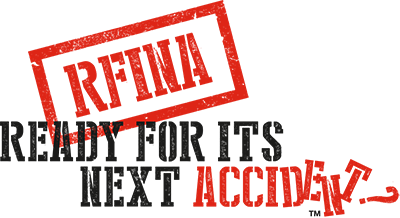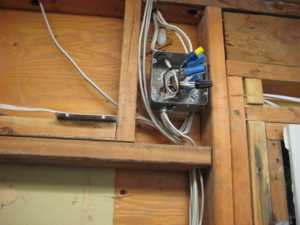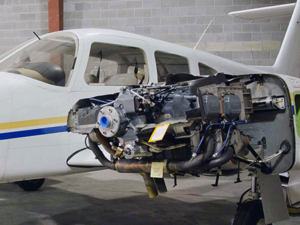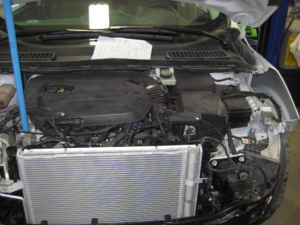Head in the Sand would be a Lot Easier
I have cited John Huetter of Repairer Driven News several times in the last few months and today I am linking an article from Nov 29th.
John does an excellent job of providing information with a minimum of opinion. Understanding of facts should precede action and John is providing an overview of the facts that will form the basis of action.
John’s article is about a 2017 Mazda 5, which is another example of ‘just a car’; very nice but very affordable so a lot of them will be on the road.
The facts that are presented in the article, about vehicle structure and electronics imply that the correct action will be to pay careful attention to model specific structure and electronic systems.
The technology in this vehicle will not respond well to last year’s repair methods and metrics. The owner paying for his own repair will have trouble embracing the extra cost for needed safety factors that are invisible, the insurance company working with last year’s KPIs (Key Performance Indicators) based heavily on fast turn around and cost minimization will have trouble with it and the collision shop will have trouble with the cost of equipment and training.
However, using these outdated methods the car will still leave the repair shop looking and driving as it did before the accident and nobody is judged or held to account if safety factors have not been carefully considered.
Putting real effort into getting it right takes time and is expensive; it is a lot easier for participants to keep their heads in the sand and keep working to last year’s performance measures.




